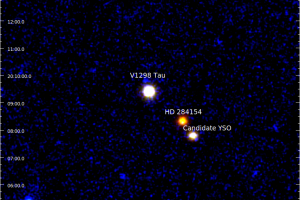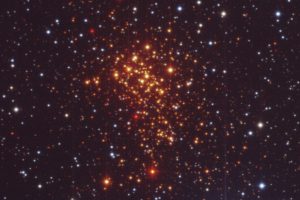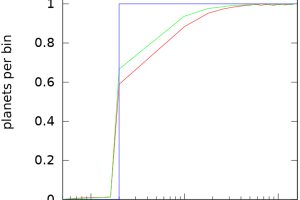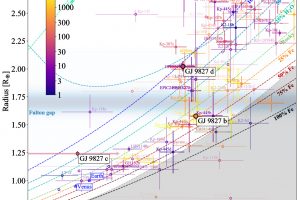Star-planet interactions: difficult, but not impossible. The study: “The enigmatic dance of the HD 189733A system: a quest for accretion” of S. Colombo (INAF-OAPA) appeared on A&A
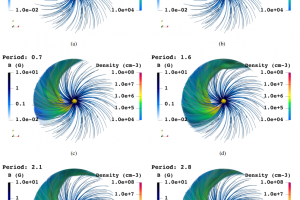
Hot Jupiters represent an interesting class of exoplanets that does not exist in the Solar System. These are giant gaseous planets that orbit at such close distances from their stars that their orbital periods are shorter than 10 days. Due to their proximity to their stars, these planets have very hot atmospheres, with temperatures exceeding 1500 K. For this reason,
» Read more
